It was a sea of green at Carpinteria City Hall Thursday night, as hundreds packed into council chambers, and twice as many lined the walls, sat on the floor, and peeked through windows, waiting their turn to voice their opposition to a proposed 99-room “farmhouse resort” on the coastal bluffs. Outside, several generations’ worth of Carpinterians huddled together around a TV, erupting into cheers that echoed inside the hall whenever another citizen spoke.
The crowd represented the wealth of diversity in the small beach town — brown faces, white faces, children, grandparents, and members of the Chumash community — a group that would typically have trouble agreeing on any one thing. But on this occasion, their unified message was loud and clear: They want nothing to do with the resort and will do anything they can to stop it.
Technically, it was a preliminary review for the project, the first time the development has officially come across the city’s Architectural Review Board since it was introduced during a concept review in March 2022. It’s only the beginning of what will likely be a long review process, but if Thursday’s hearing is any indication, the project’s developer, Matthew Goodwin, is in for a long and arduous road to approval.

The project drew attention a few weeks ago when story poles were placed at the site — which is currently home to the Tee Time Driving Range — ahead of the January 25 meeting, reigniting the ire of the local community and the Citizens for Carpinteria Bluffs, a local organization that has been leading an effort to preserve the site.
The project applicant said he has been planning for this resort for the past five years. On Thursday, he detailed the latest plans, which involve dozens of buildings spread across 27 acres between the Nature Preserve and the Carpinteria Skate Park.
Goodwin — an architectural designer from Ventura who studied at Cal Poly San Luis Obispo before opening the Surfrider Hotel in Malibu — described himself as an avid surfer, outdoorsman, and camper and called the design a “Carpinteria-inspired agrarian farm aesthetic” that he felt was “significantly less dense than a traditional luxury resort.” Specifically, he added, the buildings would only occupy 10 percent of the total space, far less then the 30 percent allowed by city zoning.
But opponents to the project worried that the 99 hotel rooms, a large farmhouse recreation center, bungalows, two swimming pools, two apartment buildings, a spa, an underground parking lot, and a 140-seat restaurant were far too much for the space. And the fact that the project called for 47,000 cubic yards of soil grading and the removal of 108 trees, they argued, was far from the “low-intensity” development allowed in the General Plan.
Julia Mayer, a Carpinteria local and owner of Dune Coffee, said that the development would “irreparably damage the character of our community.”
Mayer, who remembers joining the fight to protect the bluffs with her parents in the ’90s when she was a child, beamed with pride as she watched both her sons take the dais and speak out just as she did more than 20 years ago.
“What makes Carpinteria uniquely Carpinteria is our tenacious preservation, strategic community investment and planning, and true stewardship over the values of open space and recreation for our citizens,” she said. “Carpinterians don’t wholesale agree on anything, but we share a set of core values, which is why we have been so successful in stopping any prior attempts to develop the bluffs.”
Mayer’s husband, Todd Stewart, spoke alongside the kids from Boy Scout Troop 50, who he said “waited outside for hours” to have their chance to take part in Carpinteria’s long-standing tradition of outdoor conservation.


[Click to enlarge] Left: Bluffs advocate Julia Mayer said that Carpinteria’s General Plan made her feel “safe and seen,” and asked that city leadership lean on the document to protect the “essential character” of the city. Right: Boy Scout Troop 50 and their families waited hours to speak against the resort. | Credit: Ingrid Bostrom
In one of the most powerful moments of the evening, Chumash elder Ernestine Ygnacio-De Soto stepped to the dais. “Been here 15,000 years; I’m not a newcomer,” she said. Heads nodded solemnly as she shared a message in her native Šmuwič Chumash language.
“Walk softly over this land, ’cause beneath it the ancestors are sleeping here,” she said. She praised the youth who had spoken up, saying, “They are the future, and they make us Chumash proud.”
“Be still. Listen. Be quiet. The spirit of the land speaks, and so do the children and so does all the public,” she said.

Patrick Crooks, president of Citizens for Carpinteria Bluffs, followed by saying that the concept of respecting elders and stewarding spaces is what the town of Carpinteria is all about.
“I have this town, my parents, and my elders to thank,” he said. He admonished the project’s disregard for the Chumash village that once occupied the area, and said that the “motivation is profit, not harmony.”
He said that he hoped the spaces could remain “open, undeveloped, as they have been for thousands of years,” and questioned how a low-intensity project would require flattening the land.
“Living lightly on this land could never involve moving 47,000 cubic yards of dirt,” Crooks said.
Following two hours of public comment, the boardmembers offered their own thoughts. Patrick O’Connor said he was disappointed that the seal rookery and Chumash were conspicuously absent from any of the developer’s presentations.
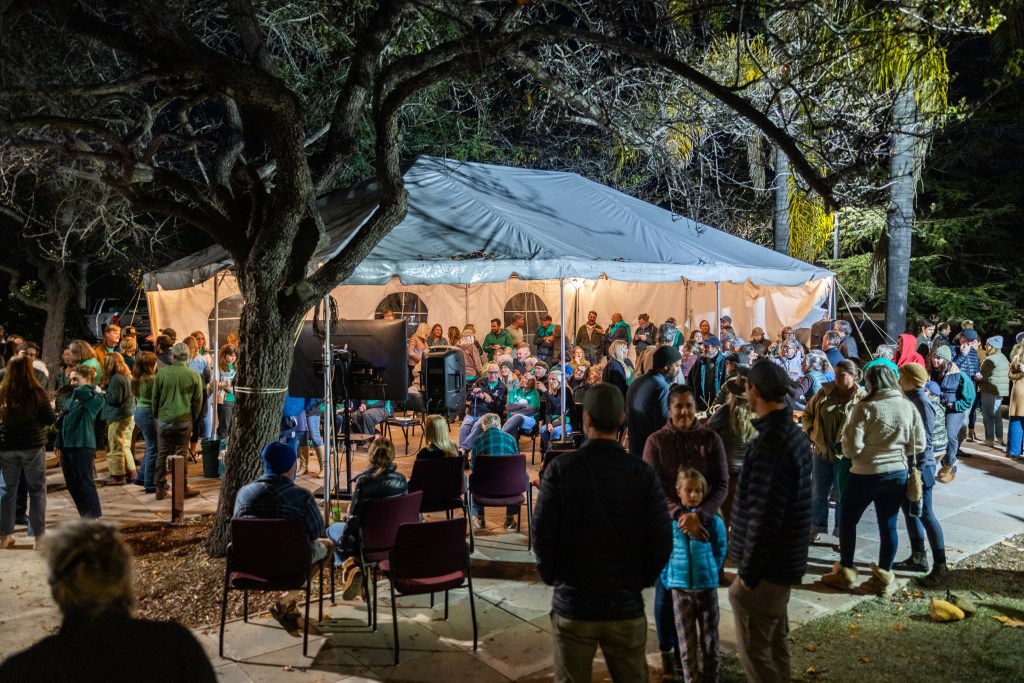
Amy Blakemore called it an “aggressive program” that had a long way before it could be moved forward to the Planning Commission. “It seems like a lot of things haven’t been thought through,” she said.
Chair Brad Stein had perhaps the strongest words of all boardmembers, saying that the project was not compatible with the neighborhood and doesn’t conform with Carpinteria standards used on other projects.
“If it were somewhere else, it would be a nice design,” Stein said. “Right now, I can say emphatically, from where I’m sitting, that I can’t see myself supporting this.”
He then drew a round of applause when he suggested a potential alternative, urging the community to take action if necessary to band together and make Goodwin an offer on the property. “If you can buy it, let’s buy it as a community,” he said.
The board voted to continue the project, allowing the developers to come back with something that might be more in line with the size, bulk, and scale of a development fit for the area. The project will return to the Architectural Board of Review before moving on to what may be even more scrutiny during the Planning Commission, City Council, and Coastal Commission review process.

Premier Events
Wed, Dec 31
9:00 PM
Santa barbara
NEW YEAR’S Wildcat Lounge
Wed, Dec 31
6:15 PM
Santa Barbara
NYE 2026 with SB Comedy Hideaway!
Wed, Dec 31
9:00 PM
Santa barbara
NEW YEAR’S Wildcat Lounge
Wed, Dec 31
10:00 PM
Santa Barbara
In Session Between Us: Vol. I NYE x Alcazar
Wed, Dec 31
10:00 PM
Santa Barbara
NYE: Disco Cowgirls & Midnight Cowboys
Thu, Jan 01
7:00 AM
Solvang
Solvang Julefest
Thu, Jan 01
11:00 AM
Santa Barbara
Santa Barbara Polar Dip 2026
Sat, Jan 03
8:00 PM
Santa Barbara
No Simple Highway- SOhO!
Sun, Jan 04
7:00 AM
Solvang
Solvang Julefest
Thu, Jan 08
6:00 PM
Isla Vista
Legal Literacy for the Community
Fri, Jan 09
6:00 PM
Montecito
Raising Our Light – 1/9 Debris Flow Remembrance
Wed, Dec 31 9:00 PM
Santa barbara
NEW YEAR’S Wildcat Lounge
Wed, Dec 31 6:15 PM
Santa Barbara
NYE 2026 with SB Comedy Hideaway!
Wed, Dec 31 9:00 PM
Santa barbara
NEW YEAR’S Wildcat Lounge
Wed, Dec 31 10:00 PM
Santa Barbara
In Session Between Us: Vol. I NYE x Alcazar
Wed, Dec 31 10:00 PM
Santa Barbara
NYE: Disco Cowgirls & Midnight Cowboys
Thu, Jan 01 7:00 AM
Solvang
Solvang Julefest
Thu, Jan 01 11:00 AM
Santa Barbara
Santa Barbara Polar Dip 2026
Sat, Jan 03 8:00 PM
Santa Barbara
No Simple Highway- SOhO!
Sun, Jan 04 7:00 AM
Solvang
Solvang Julefest
Thu, Jan 08 6:00 PM
Isla Vista
Legal Literacy for the Community
Fri, Jan 09 6:00 PM
Montecito

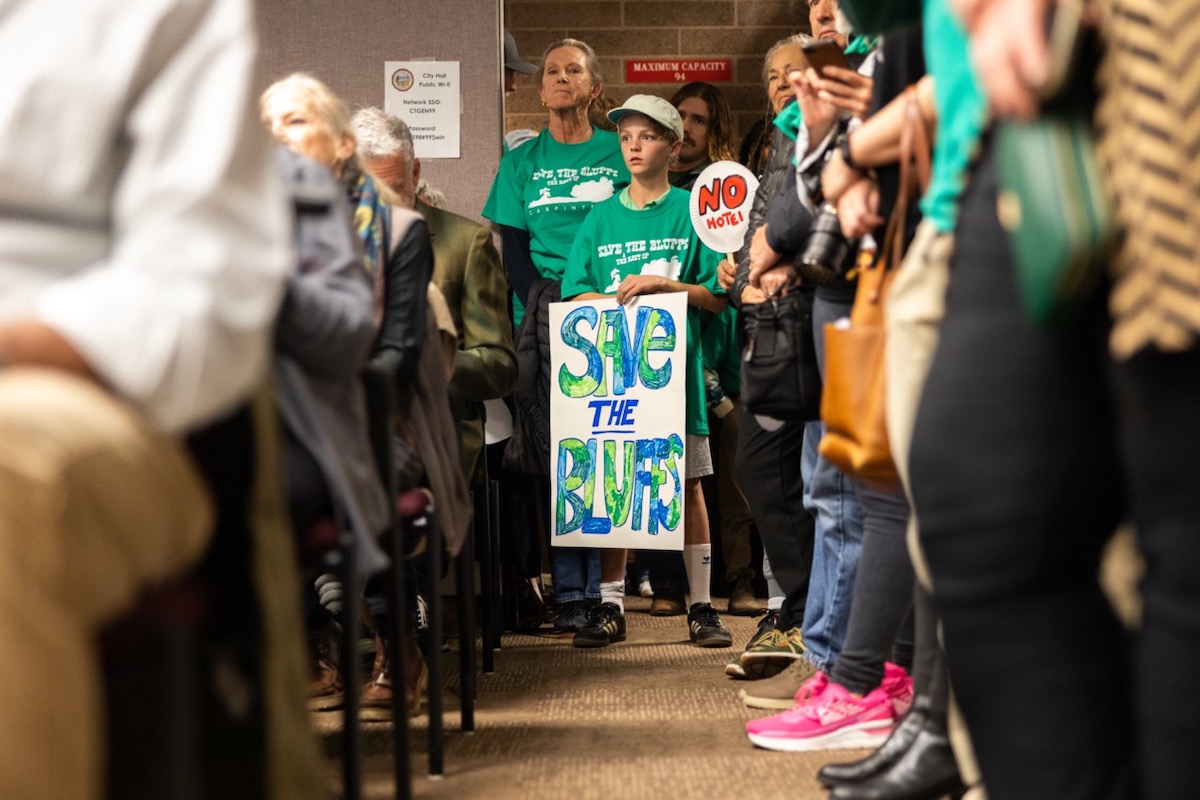
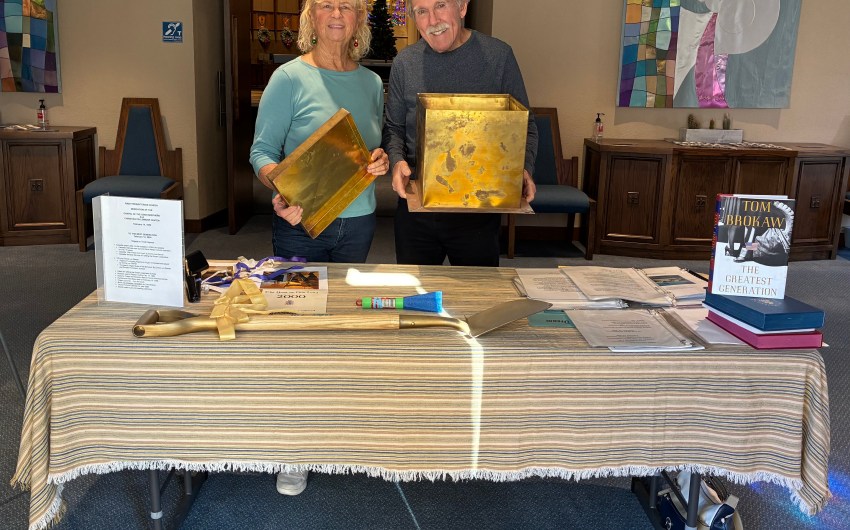







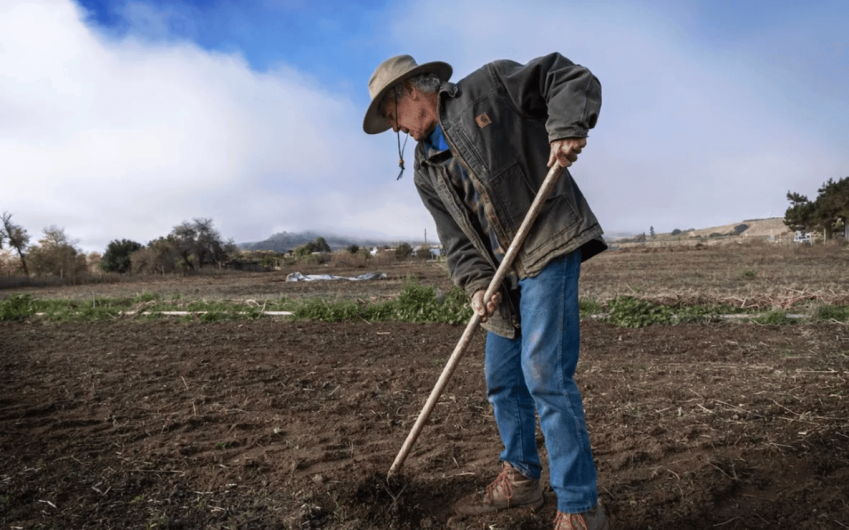
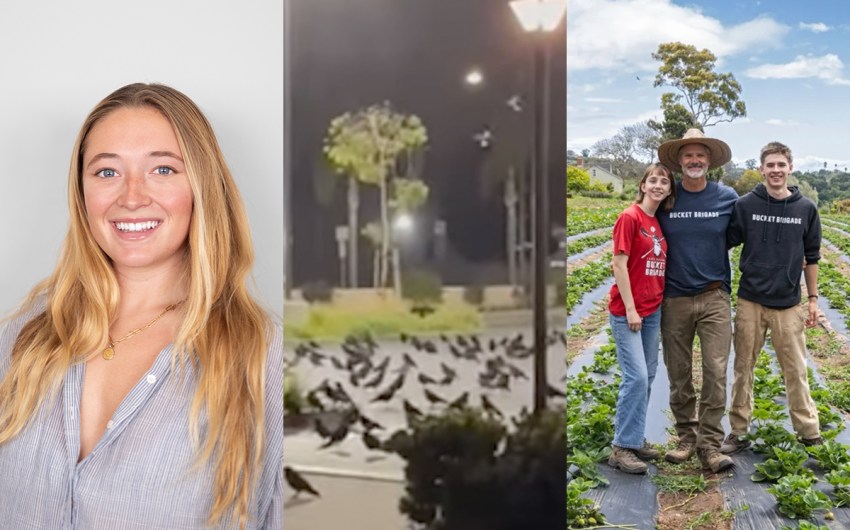

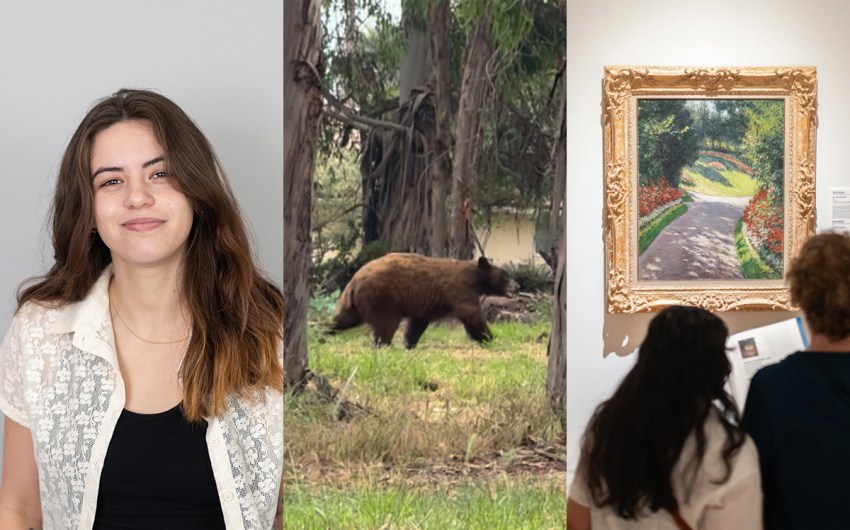
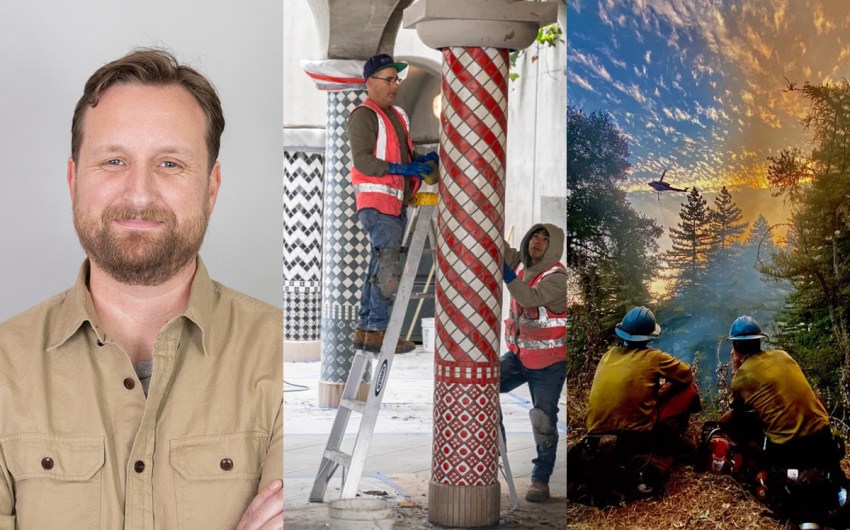




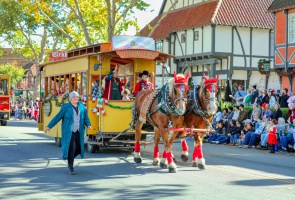




You must be logged in to post a comment.